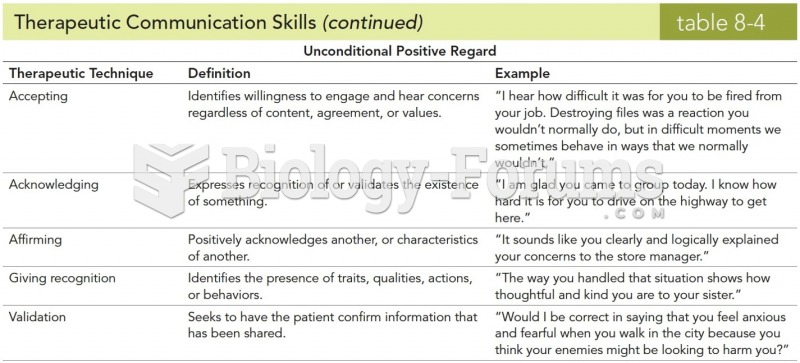This topic contains a solution. Click here to go to the answer
|
|
|
Did you know?
The immune system needs 9.5 hours of sleep in total darkness to recharge completely.
Did you know?
In 2006, a generic antinausea drug named ondansetron was approved. It is used to stop nausea and vomiting associated with surgery, chemotherapy, and radiation therapy.
Did you know?
On average, the stomach produces 2 L of hydrochloric acid per day.
Did you know?
There are more nerve cells in one human brain than there are stars in the Milky Way.
Did you know?
The B-complex vitamins and vitamin C are not stored in the body and must be replaced each day.







